Hunting doves is a popular activity that can be enjoyed by people of all ages and skill levels, as well as a social event that allows people to bond with their families and friends.
Here is a complete guide to dove hunting for beginners that will prove to be an invaluable resource if you have been thinking about getting into the sport of hunting doves, but have no idea how to get started.
The Basics of Dove Hunting
Having a clear understanding of dove habits and behavior will assist you in pinpointing the location of doves.
Habitats
Doves feed on a variety of foods, including seeds, grains, fruits, and insects, they tend to spend most of their time foraging on the ground and roosting in trees or other tall structures.
A dove may also nest in a residential area, and if the number of them grows to a certain point, it can become a nuisance and a problem as well.
So the best place to find doves is where they are congregating and feeding. The top locations to target doves are harvested wheat stubble or corn silage fields, ponds with exposed banks and weed covers, and fields where sunflowers have been harvested for their seeds.
Behaviors
When doves leave their night roost about an hour after sunrise, they usually fly to a watering hole for a drink, then they fly to feeding areas, where they remain until midday.
Around noon, they prefer to loaf at perching, watering, or graveling sites near the feeding area for a couple of hours before returning to the feeding area for the remainder of the afternoon.
Doves usually visit the water again before going to roost. When dusk falls, the doves fly back to the night roost, where they stay until the following morning. Food and water availability or the season may influence their roosting habits.
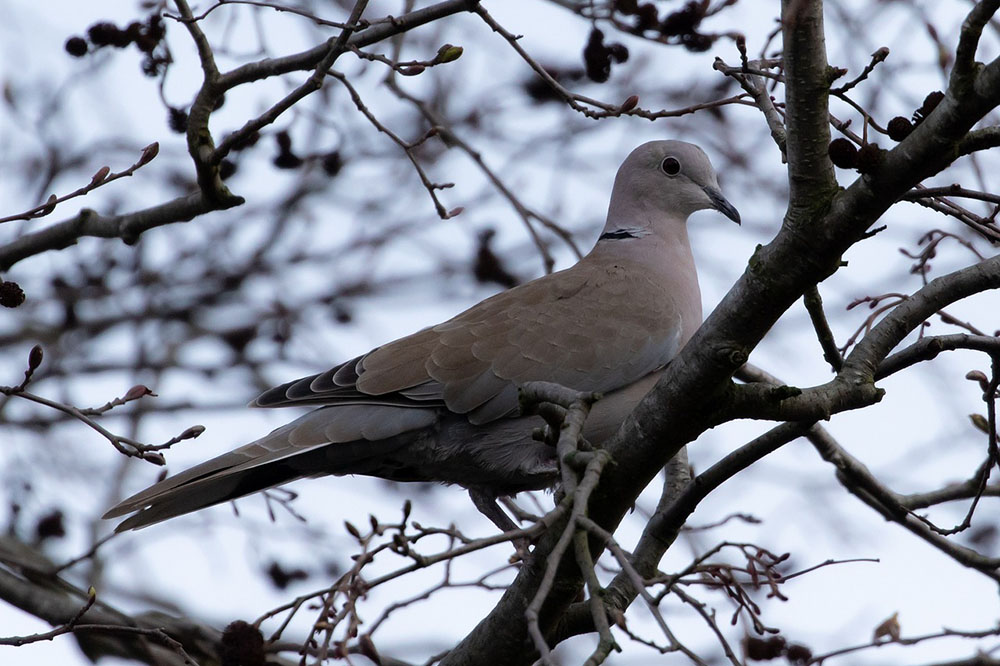
Clothing
Hunters must maintain proper concealment to avoid being seen by doves from high vantage points, so camouflage clothing is needed to blend in with the environment.
Keeping in mind that bright colors can scare birds away, bright colors should be avoided.
Basic Dove Hunting Methods
Set up Decoys
The basic methods of dove hunting involve setting up decoys, using a shotgun to shoot at the birds. Decoys should be set up realistically to resemble flocks of birds in flight when used for dove hunting.
Put the decoys close to an area where doves are likely to fly, such as a field or open space. In addition, camouflaging the decoys will make them blend into the environment.
Shoot with Shotgun
There are many methods to hunt doves, the most common one is shooting birds as they pass overhead.
If you plan to use a shotgun to shoot at doves, it would be advisable to wear safety glasses and ear protection to protect yourself from the noise generated by the shotgun, as well as debris that can blow around.
Essential Dove Hunting Gear
Dove hunting is a popular and exciting outdoor pastime that needs adequate planning and a set of needed equipment. Whether you are a rookie or an expert hunter, having the correct hunting gear for dove hunting can increase your chances of success while also ensuring a safe and pleasurable hunting experience.
Now, we’ll look at the essential dove hunting gear to help you well prepare to embark on an exciting hunting adventure.
Shotgun
Dove hunting is ideally done with a 12-gauge shotgun, because the gun offers enough power, range, and accuracy to make it a good hunting tool.
There is a preference for semi-automatic shotguns due to the ease of reloading, which enables multiple shots to be fired in rapid succession. A non-toxic shot is also an important factor to consider when hunting for doves.
Ammunition
For dove hunting, it is usually best to use birdshot, as this type of ammunition is smaller and lighter than other types of ammunition. In terms of birdshot size and type, the size of the shot used for dove hunting ranges from #7 1/2 to #9.
In order to ensure that the birds are killed humanely and quickly, it is essential to select the right size for the job in order to achieve this.
For dove hunting, it is imperative to have the proper gear and equipment on hand, such as a shotgun, ammunition, protective clothing, as well as a hunting license.
Additionally, it is important to have a hunting dog as well as a retriever vest to make it easier to locate and retrieve downed birds.
Choke
To choose a choke for dove hunting, you need to know what type of shotgun you will be using and how large the shot will be. A modified or improved cylinder choke is recommended for dove hunting since it allows shots to be dispersed evenly.
This will ensure an effective kill shot with minimal damage to the meat.
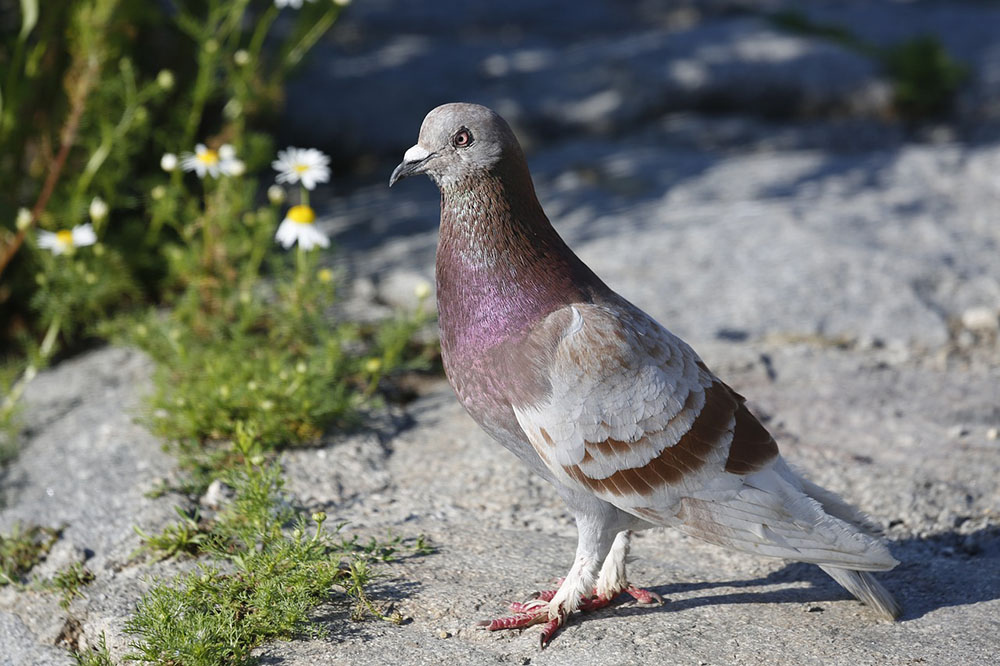
Dove Hunting Techniques
Due to the dove’s high level of alertness, hunting for doves can be very challenging since they are very wary of potential predators. They tend to fly in large flocks and often fly away quickly when they sense danger.
The act of shooting doves in flight is very challenging and requires a large amount of skill and experience in order to achieve success.
Whenever birds of prey are in sight, hunters need to move slowly and avoid sudden movements in order to avoid attracting them. For added concealment, consider setting up a blind.
Ending
A dove hunt does not require a lot of expensive gear when compared to other types of hunting, and a dove hunt can be conducted during mild weather. Additionally, dove hunting is a great source for delicious, lean protein.
In order to be successful at dove hunting, you need patience, concentration, and accuracy. If you practice more, you will acquire a lot of experience and skills in the dove hunt, so keep practicing.
Taking the time to review our dove hunting tips for beginners before going dove hunting will help you make the most informed decisions. And don’t forget to practice safe hunting and to act ethically when hunting.


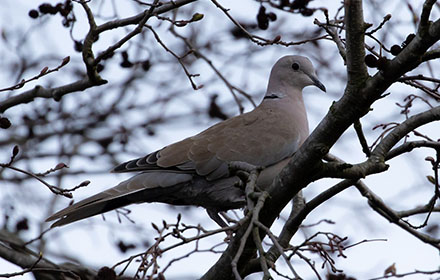







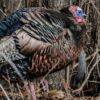
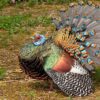








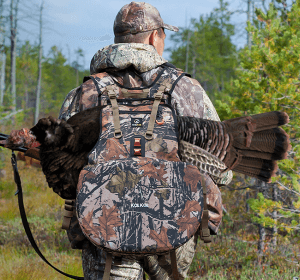
Leave a reply